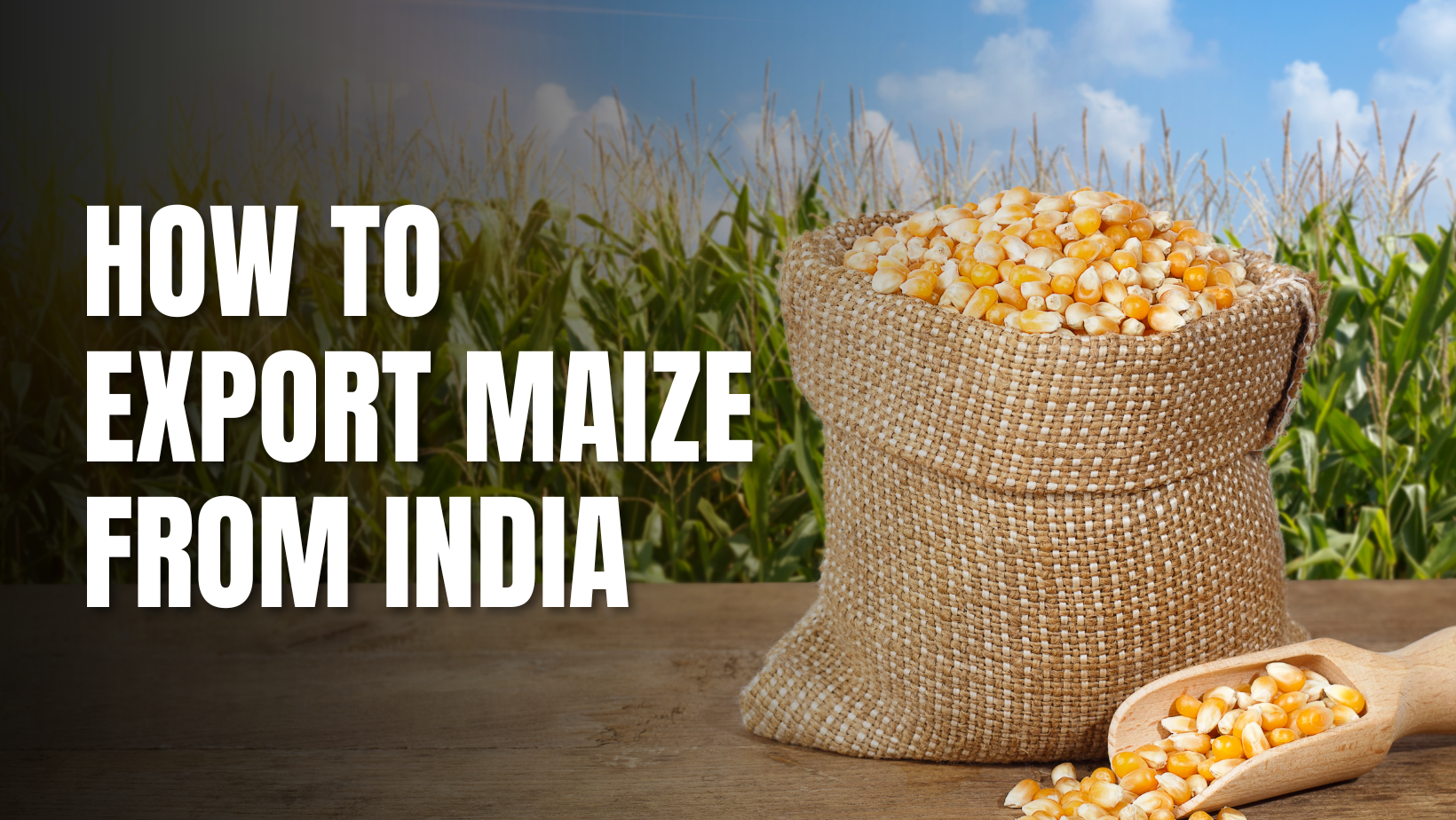
Exporting maize from India presents a lucrative opportunity for global traders, given the country’s significant agricultural output and strategic export policies. This blog aims to provide comprehensive information on how to export maize from India, including regulations, export duties, and recent export statistics.
Understanding Maize Export Potential
Maize is one of the most important cereal crops in India, extensively grown across various states. The country’s climate and soil conditions favor the cultivation of high-quality , making it a preferred choice for international markets.
Key Regions for Procuring Maize in India
1. Karnataka: Known for its high-quality maize production, Karnataka is a leading state in maize cultivation.
2. Madhya Pradesh: This state has extensive maize farms, contributing significantly to the national output.
3. Maharashtra: With its diverse climatic zones, Maharashtra produces a substantial amount .
4. Rajasthan: This state is also a major producer, with large tracts of farmland dedicated to the crop.
5. Andhra Pradesh: Known for its fertile lands, Andhra Pradesh is a key player in maize production.
6. Bihar: Bihar’s agricultural focus includes substantial maize cultivation, contributing to the overall supply.
Regulations for Exporting from India
Before embarking on the export process, it’s essential to understand the regulatory framework governing exports from India. Here are the key regulations:
1. Registration and Licensing: Exporters need to register with the Directorate General of Foreign Trade (DGFT) and obtain an Importer Exporter Code (IEC). This is a mandatory requirement for all exporters in India.
2. Quality Standards: intended for export must adhere to the quality standards set by the Agricultural and Processed Food Products Export Development Authority (APEDA). Ensuring compliance with these standards is crucial for maintaining the credibility and marketability of Indian maize.
3. Export Documentation: Essential documents include a commercial invoice, packing list, bill of lading, certificate of origin, and phytosanitary certificate. These documents facilitate smooth customs clearance and meet the import requirements of destination countries.

4. Phytosanitary Regulations: exports must comply with the phytosanitary requirements of the importing country. This involves fumigation and obtaining a phytosanitary certificate from the concerned authority to certify that the maize is free from pests and diseases.
Export Duties on Maize
Export duties can significantly impact the profitability exports. As of the latest data, the Indian government does not impose any export duty . This policy aims to encourage agricultural exports and make Indian competitive in the global market. However, it’s advisable to stay updated with the latest government notifications, as export duties can change based on policy decisions.
Maize Export Statistics (2023-2024)
India’s exports have shown impressive growth in recent years. For the fiscal year 2023-2024, India exported approximately 2.5 million tons . This substantial quantity underscores India’s capacity to meet global demand effectively.
In terms of revenue, exports generated approximately USD 1.2 billion during the same period. The primary export destinations included countries in Southeast Asia, the Middle East, and Africa. This robust performance highlights the lucrative nature of exports from India.
Steps to Export Maize from India
1. Market Research: Conduct thorough market research to identify potential buyers and understand the demand dynamics in different regions.
2. Supplier Network: Establish a reliable network of maize suppliers in India to ensure consistent quality and supply.
3. Compliance with Regulations: Ensure compliance with all regulatory requirements, including registration, quality standards, and phytosanitary regulations.
4. Logistics and Shipping: Plan logistics efficiently to minimize costs and ensure timely delivery. Choose reputable shipping partners with experience in handling agricultural products.
5. Negotiation and Contracts: Negotiate favorable terms with buyers and enter into clear contracts to avoid disputes.
6. Risk Management: Implement risk management strategies, including insurance, to safeguard against potential losses.
Conclusion
Exporting from India offers significant opportunities for global traders. By understanding the regulatory framework, leveraging the zero export duty advantage, and keeping abreast of market trends, exporters can tap into this lucrative market. The impressive export statistics for 2023-2024 further emphasize India’s potential as a leading maize exporter.
This blog just scratched the surface of the exciting world of exports! check out this helpful link: lean How to start your export business
Do Follow us on Our Social Media channels to stay ahead in your rice business
